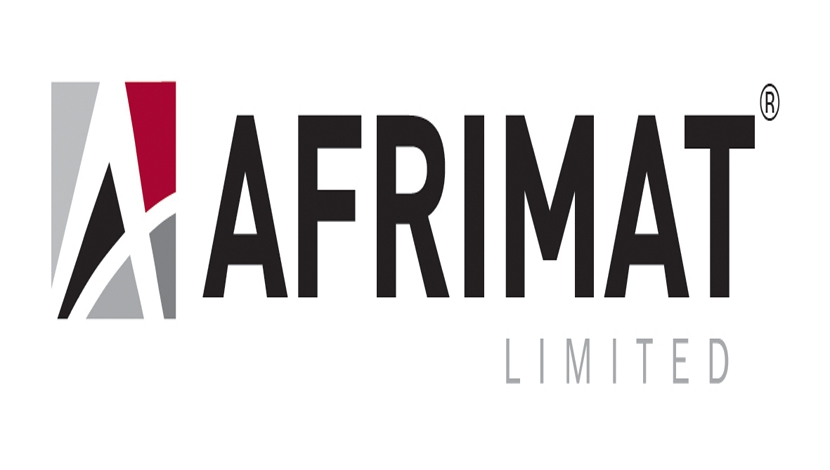

Construction activity in South Africa improved quarter-on-quarter from Q2 to Q3, according to material building company Afrimat’s Construction Index (ACI).
The ACI is a composite index of the level of activity within the building and construction sectors, compiled by renowned economist Dr Roelof Botha, on behalf of Afrimat.
After reaching an eight-quarter high of 127 in Q4 of 2016, the ACI declined to 117.7 in Q2 this year. However, the domestic construction industry rallied in Q3 to 120.8, despite a further marginal decline in the real value added by construction.
The ACI’s improvement between Q2 and Q3 was driven mainly by the value of building plans passed by major municipalities; retail sales values for hardware, glass and paint; FNB/Bureau for Economic Research’s building confidence index; and the volume of building materials produced.
The ACI also points out that the construction sector, at large, continues to outperform the economy as a whole, with the ACI having expanded by 20.8% since Q3 of 2010 (the base period); which is substantially higher than the 13.6% rate of growth for the economy as a whole over this period (in real terms).
Botha says the composite index provides a balanced and realistic view of the level of activity in the construction sector as it evens out the contradictory trends of conditions in the construction sector, which are often portrayed by the individual components that comprise the index.
Botha noted that, in the event of a more business-friendly approach towards economic policy being adopted by the winning candidate in the governing party’s leadership elections later in December, construction activity could “well start taking off again” in 2018.
Afrimat CEO Andries van Heerden noted the activity in the construction sector, as indicated by the ACI, “bodes well” for the economy and players who are able to adapt and embrace circumstances.
He noted that Afrimat’s strategy is supported by its experience over the past six years. “Companies involved in the construction sector had to box cleverly to source projects or supply product to the sector. Our research showed that several smaller projects were available and one simply had to adapt the model a little to be successful. Afrimat being in many of the rural areas of the country is an example of an adaption that paid off.”
The results of the ACI illustrate that construction is a sector in which government spend is still taking place and, given economic constraints, it is natural for the sector to suffer slightly. “However, if companies position themselves correctly on product quality, price and service delivery, they should be able to make a decent return for shareholders,” said Van Heerden.





